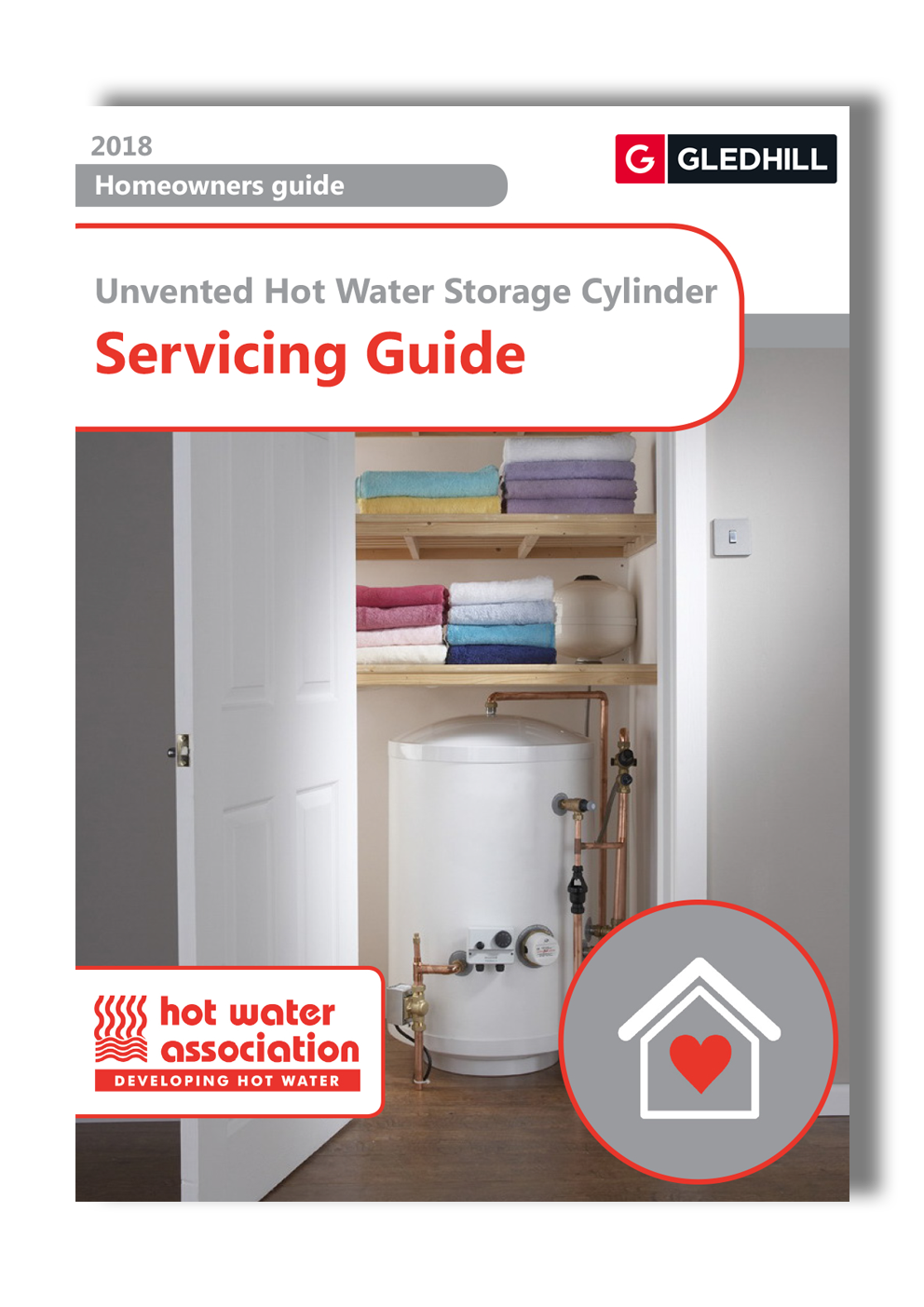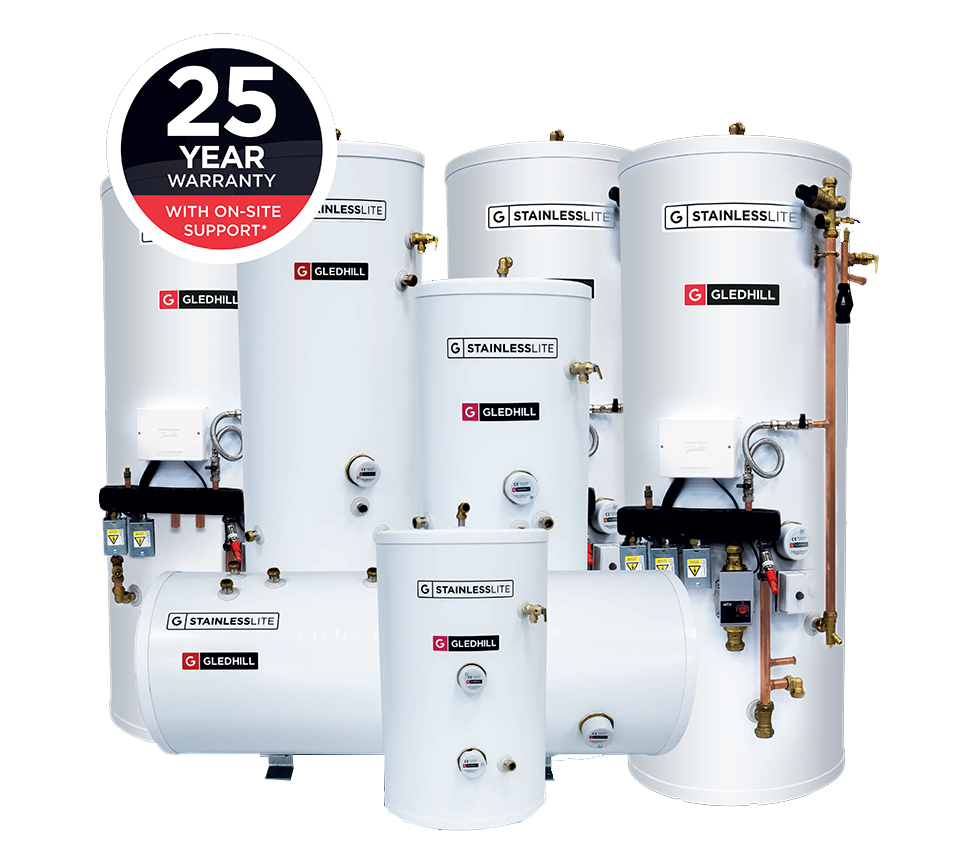 Are you aware that your unvented hot water cylinder is a pressurised system and requires an annual inspection? Neil Overton, Gledhill’s UK Sales Director, explains why it is vital that your unvented cylinder is serviced each year.
Are you aware that your unvented hot water cylinder is a pressurised system and requires an annual inspection? Neil Overton, Gledhill’s UK Sales Director, explains why it is vital that your unvented cylinder is serviced each year.
Most of us are probably guilty of not maintaining products and devices religiously each year because let’s face it – it’s not cheap. We get a notification that a service is due on our car and the first thing we think is ‘more expense’, but when it comes to an unvented hot water cylinder an annual service is vital to ensure your safety.
Many homeowners are unaware that the unvented cylinder within their home is a pressurised system and therefore requires regular maintenance by a G3 qualified engineer. This will allow the engineer to inspect all the safety devices on the cylinder, whilst also allowing you to raise any concerns you may have regarding the cylinder’s performance should there be any. This is not just a visual check; the engineer will carry out a full assessment:
- Check the installation conforms to Part G3 of the Building Regulations
- Check that all the temperature controls are operational
- Check that all pressure controls and relief valves are operating correctly
- Inspection of all key safety devices
- Assessment of general cylinder condition

To help you understand what is carried out within the service, the Hot Water Association has introduced an Unvented Hot Water Storage Cylinder Servicing Guide for homeowners. This enables you to understand what is expected from your engineer and you as the homeowner during an inspection.
To instill confidence and peace of mind, all Gledhill unvented cylinders are provided with a 25 year manufacturers warranty, with the StainlessLite range also offering on-site technical support. However, in order to ensure the validation of your warranty, your cylinder must undergo a service each year. This enables you to meet the manufacturers requirements and ensures a prolonged lifespan of the cylinder.
This also allows early identification of potential concerns, which ultimately will reduce breakdowns and unscheduled call outs, preventing unexpected repair bills for the homeowner. The service will also minimise the risk of failure and any potential property damage, promising safety and assurance.
To ensure you’re prepared, it’s always good practice to keep hold of your cylinder’s instruction manual following the installation of your cylinder. This will be useful to the engineer when they undertake the inspection. It is also vital that you keep all servicing documentations within a safe place so that should these be required for the purpose of validating your warranty, you will have them at hand.

When your annual service is due, we advise that you contact the engineer that installed your cylinder and arrange for them to carry out the inspection, as they should be qualified under the Building Regulations Approved Document (section 3), certifying that they are competent to carry out the job.
At Gledhill we cannot stress enough how important it is that you look after your cylinder. If you have any questions regarding the maintenance and safety of your cylinder, just give our technical team a call and they’ll be happy to help.
Contact our technical team here.
